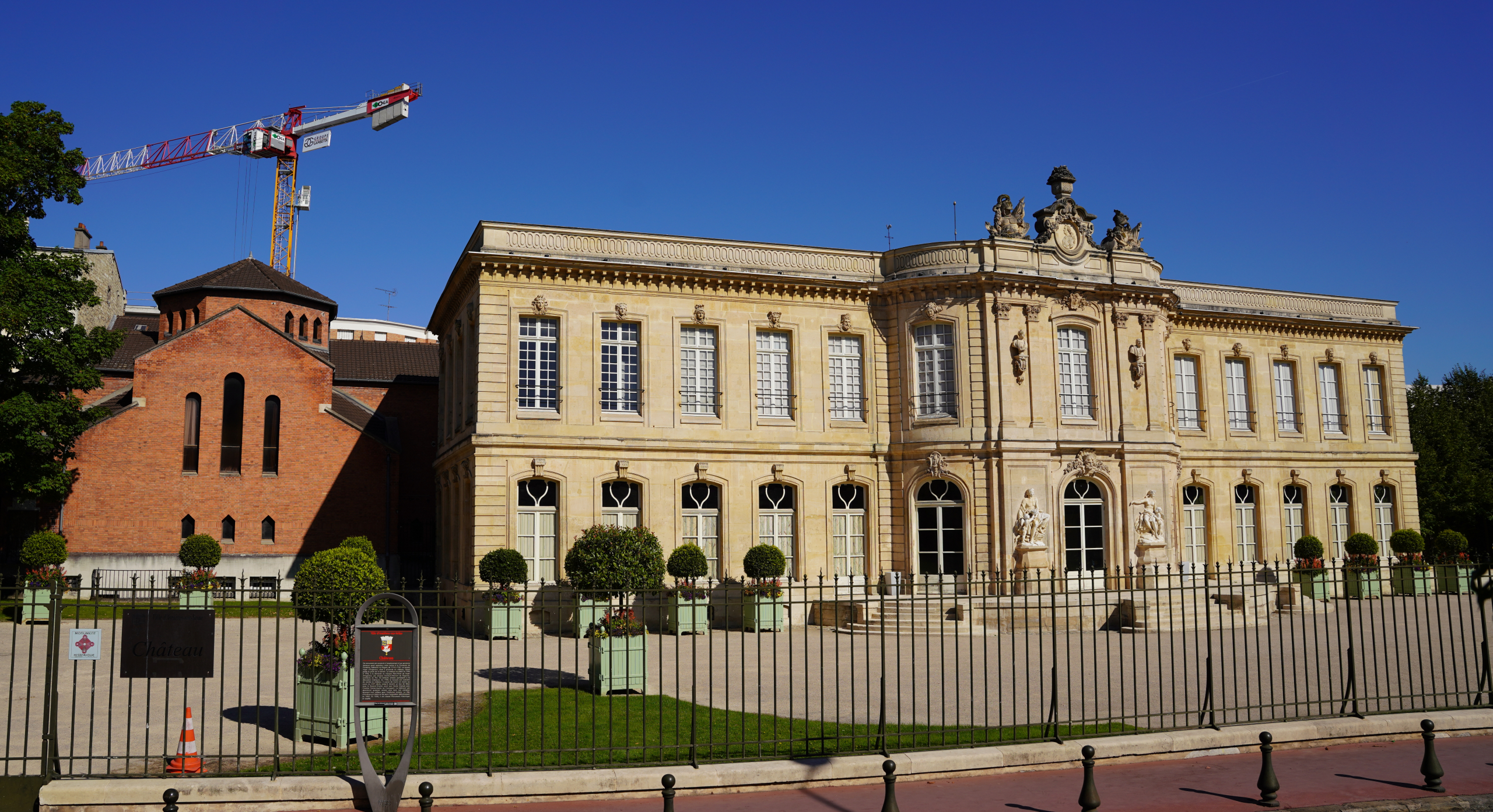Architecture of 18th Century Castles
The architecture of 18th century castles represents a fascinating period in the history of French architecture. This century, marked by social, political and artistic changes, saw the emergence of architectural styles that continue to influence modern construction. The castles built or renovated during this period are distinguished by their elegance, symmetry and refinement. This article will explore the main features of 18th-century castle architecture, as well as the historical and cultural contexts that shaped their design.
A Historical Context
In the 18th century, France was in full turmoil. The Age of Enlightenment took hold, bringing with it a new way of thinking, seeing the world and interacting with nature. It is a period of intellectual awakening, where reason and science take precedence over tradition. In this context, architecture underwent a notable transformation. Nobles, wishing to display their wealth and power, commissioned castles that reflected not only their status, but also the progressive ideas of the time.
Wars and conflicts, such as the Seven Years' War and popular revolts, also influence the way these buildings are designed. As safety has become a less pressing concern, the emphasis is on aesthetics and comfort.
Architectural Features
The 18th century castles are distinguished by several characteristics which reflect the architectural trends of the time. Here are some key elements:
1. The Regional Style and Classicism:
At the beginning of the 18th century, the classic style remained predominant. Architects are inspired by ancient forms and strive to achieve harmony and balance. Castles often have symmetrical facades, with columns and pediments. The architectural details are carefully crafted, demonstrating high-quality craftsmanship.
2. The Emergence of Rococo:
In the middle of the 18th century, the rococo style began to emerge. This style, characterized by its curves, ornaments and floral patterns, brings a touch of lightness and fantasy. The castles of this period are adorned with rich and elaborate interior decorations, with frescoes, gilding and mirrors which create an impression of luxury and refinement.
3. Light and Nature:
18th century architects increasingly integrated natural light into their designs. Windows become wider and more numerous, allowing light to enter and illuminate the interiors. Additionally, formal gardens, with their carefully tended flowerbeds, are often integrated into the overall design of the castle, connecting architecture with nature.
4. The Use of New Materials:
The 18th century also saw the use of new construction materials. Plaster, for example, is used to create decorative designs inside castles. Architects also experiment with brick, stone and other materials to create unique visual effects.
Examples of 18th Century Castles
Several emblematic castles in France perfectly illustrate the architecture of this period. Among them:
Château de Versailles:
Originally built as a hunting lodge for Louis XIII, the Château de Versailles was transformed during the reign of Louis XIV. Although it was begun in the 17th century, many additions and renovations in the 18th century, such as the Petit Trianon, reflect the changing style and tastes.
Château de Chantilly:
This castle, located in the Oise, is a perfect example of classical architecture and the influence of Rococo. Its interiors, decorated with art collections and period furniture, bear witness to the wealth and taste of its owners.
Château de Maisons-Laffitte:
Designed by the architect François Mansart, this castle is an emblematic example of the classic style of the 18th century. It features elegant proportions and symmetrical facades, while integrating modern comfort elements.
The Heritage of 18th Century Castles
The architecture of 18th century castles has left an indelible mark on French and European architecture. Many design principles developed during this era continue to influence contemporary architects. Castles are not only testimonies of history, but also works of art that attract millions of visitors every year.
The 18th century was a pivotal period, marked by the transformation of living spaces, and the castles that emerged at this time reflect both social aspirations and architectural innovations. They continue to be a symbol of the excellence and refinement of French architecture.
The architecture of 18th century castles represents a key moment in the history of architecture in France. With their elegance and sophistication, these buildings embody the spirit of the Enlightenment and the evolution of architectural tastes. Exploring these castles reveals not only remarkable works of art, but also a rich cultural heritage that continues to inspire future generations.
Follow “ ProprietesDeCharme.com ” on YouTube but also on Facebook Twitter LinkedIn Instagram Pinterest


